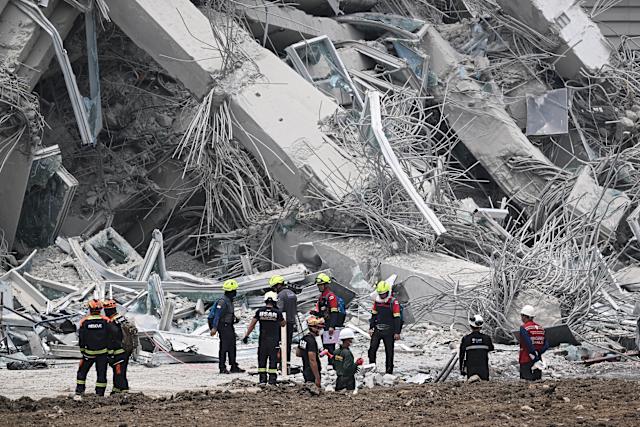Overview of Thailand’s Fake News Epidemic
Tsunami Warning Tops Fake News List
Thailand’s Ministry of Digital Economy and Society (DES) recently unveiled the top 10 fake news stories that captured public attention. Leading the list was a false tsunami warning in Phuket, triggered by a dramatic drop in sea levels after an earthquake near Sumatra.
Social Media Monitoring Sparks Action
The DES Anti-Fake News Centre analyzed 837,077 social media messages between March 27 and April 3. Out of these, 599 messages across 174 topics required verification, highlighting the prevalence of misinformation.
The Top 10 Fake News Stories in Thailand
Tsunami-Related Misinformation Dominates
The most impactful fake news stories revolved around natural disasters, especially tsunamis. These included:
-
False tsunami warnings in Phuket and Samut Prakan.
-
Claims about potential earthquakes causing significant damage to infrastructure, such as bridges and buildings.
Infrastructure Collapse Rumors Spread Panic
Rumors about the collapse of Rama IX and Rama III bridges, alongside claims of subsidence at the Government Complex building in Chaeng Watthana, further fueled public anxiety.
Earthquake Myths: Sagaing Fault and Fighter Jets
Sagaing Fault Predictions Stir Fear
Another widely circulated fake news story predicted a major earthquake in Thailand within 50 years due to shifts in the Sagaing Fault.
Fighter Jet Sighting Sparks Speculation
A claim about an F5E fighter jet spotted over Surin province heading toward Cambodia also made the list, adding to the week’s misinformation frenzy.
Evacuation Orders and Tall Building Concerns
False Evacuation Alerts Spread Chaos
Fake reports about evacuation orders for tall buildings following a second earthquake added unnecessary panic among residents.
Public Reaction to Fake News
The widespread circulation of these stories underscores the need for vigilance when consuming information online.
Combating Fake News in Thailand
Reporting Misinformation Made Easy
The DES Ministry encourages citizens to report fake news via its hotline (1111) or through its Anti-Fake News Center website. These measures aim to curb the spread of false information and protect public trust.
Importance of Verified Information
Authorities stress the importance of relying on verified sources to avoid falling victim to misinformation campaigns that can escalate fear unnecessarily.
Conclusion: Tackling Thailand’s Fake News Problem
Addressing Public Concerns Proactively
Thailand’s top fake news stories highlight the urgent need for digital literacy and reliable communication channels during crises. By staying informed and vigilant, citizens can help mitigate the impact of misinformation on society.
Building Trust Through Transparency
Efforts by government agencies like DES aim to restore public confidence by addressing fake news effectively and promoting accurate reporting standards.








